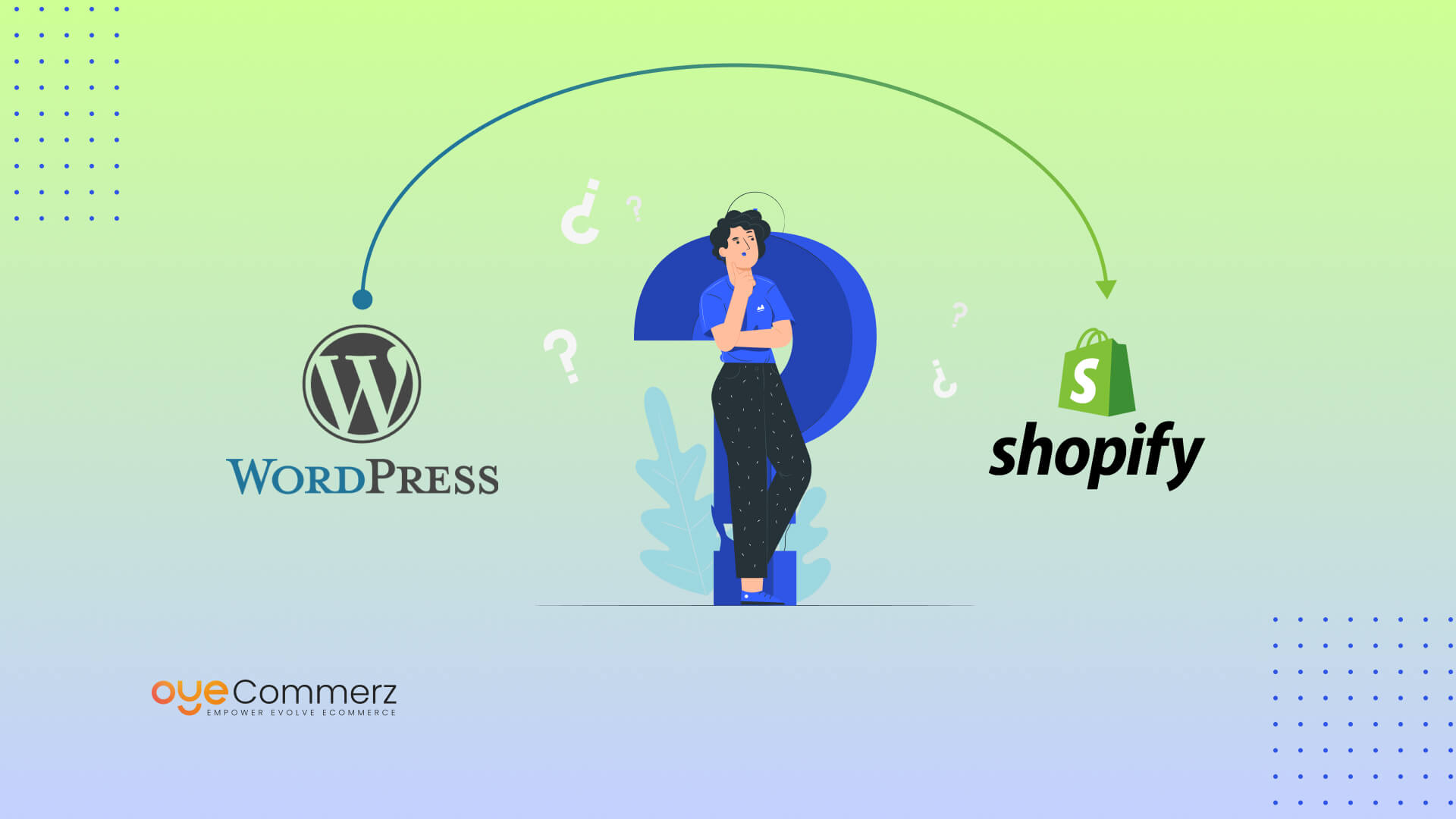Transitioning from WP to Shopify marks an exciting step in optimizing your online store processes. As businesses expand, choosing a platform that aligns with scalability, UX, and flexibility becomes crucial. Shopify has emerged as a favorite for online merchants, offering unmatched flexibility, security, and ease of use. In this guide, we’ll explore the transformative impact of this migration, discuss the benefits, and provide actionable steps to ensure a smooth transition.
1. Why Migrate from WordPress to Shopify?
WordPress, paired with WooCommerce, has served countless online stores. However, as companies scale, challenges like reliance on plugins, security vulnerabilities, and complex setups can hinder growth. Shopify, specifically created for e-commerce, eliminates these issues with an comprehensive, user-friendly solution. Statistics supports this shift—Shopify powers over 4.4 million stores globally, with a documented 10% increase in sales conversion rates for many businesses post-switch.
2. Shopify's Advantages for Thriving Online Stores
Shopify’s robust ecosystem is tailored for expanding businesses. Its standout benefits include:
- Effortless Design Flexibility: Shopify provides over 80 expertly crafted themes.
- Built-in Features: Features like Shopify Payments and integrated SEO streamline operations.
- International Expansion: Currency versatility and localization features enable brands to expand internationally.
Additionally, Shopify delivers an uptime rate of 99.98%, ensuring your website is always operational.
3. Preparing for WordPress to Shopify Migration
Before migrating, evaluate your existing setup. Analyze inventory details, client information, and SEO performance. Tools like Shopify’s Migration Kit or external tools help ease the transition. Develop a comprehensive plan, ensuring all resources—product descriptions, images, and articles—are ready for seamless import.
4. Data Migration: A Critical Step
Transferring your data is a cornerstone of a successful transition. When migrating from WP to Shopify, prioritize:
- Inventory Details: SKU, item summaries, and categories.
- Customer Data: Emails, order history, and custom fields.
- Search Engine Considerations: Retain meta tags, URLs, and redirects to avoid SEO losses.
Leverage apps like LitExtension to facilitate seamless migration while reducing mistakes.
5. Tailoring Your Shopify Store to Fit Your Brand
Post-migration, customizing your Shopify store ensures it reflects your brand. Take advantage of Shopify’s intuitive page builder to design pages effortlessly. Shopify's themes are optimized for all devices, ensuring a smooth user experience across devices—a key point, given 74% of online shopping is generated by mobile users.
6. How to Protect Your SEO Rankings When Switching Platforms
SEO is vital for maintaining your visibility during migration. Shopify excels in SEO Shopify migration process with clean URL structures, preloaded features, and smooth content management. Ensure:
- Implement 301 redirects for old URLs.
- Enhance updated content with targeted WooCommerce to Shopify migration phrases.
- Leverage plugins like Plug in SEO to monitor performance post-migration.
7. Post-Migration Testing
Once the migration is complete, conduct thorough testing.
Check: - Website speed (Shopify delivers faster speeds in contrast with WP).
- Payment integration reliability and checkout processes.
- Adaptability across devices.
Quality assurance guarantees your store delivers a seamless shopping experience from the start.
8. Case Study of a Successful Migration
An example of effective platform switching is Gymshark, a sportswear company that moved to Shopify. After the switch, the company experienced a 60% increase in mobile sales and significantly lowered site downtime. This showcases the capabilities of Shopify in driving e-commerce growth.
9. Overcoming Common Migration Issues
Migration comes with challenges, such as information accuracy and reconfiguring custom functionalities. However, Shopify’s extensive assistance and third-party experts simplify the process. Collaborating with experienced Shopify developers helps guarantee a trouble-free transition.
10. Making the Switch: The First Step Toward Success
Switching from WordPress to Shopify marks a forward-thinking approach to online retail. By addressing scalability, streamlining operations, and improving buyer satisfaction, Shopify empowers businesses to thrive in challenging industries.
Conclusion
Switching from WP to Shopify offers a smart solution that can greatly enhance your online business performance. With a well-structured strategy, the appropriate resources, and professional guidance, you can achieve new success milestones.
Ready to make the leap? Let’s discuss how our Shopify migration services can revolutionize your online store. Contact us now, or ask yourself: Can your business afford to miss out on Shopify’s growth potential?
